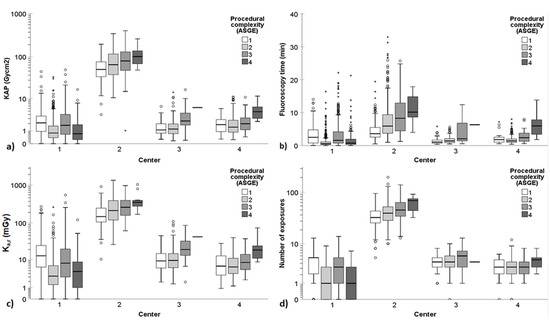Editorial Board Members' Collection Series: Diagnostic Approaches to Gastrointestinal and Pancreatic Diseases
A topical collection in Diagnostics (ISSN 2075-4418). This collection belongs to the section "Pathology and Molecular Diagnostics".
Viewed by 11434Editors
2. Morfologia Umana Macroscopica, Dipartimento Di Scienze Biomediche E Cliniche “L. Sacco”, Università Degli Studi Di Milano, Milan, Italy
Interests: pancreatitis; emergencies in organ transplantation; acute liver failure; acute postoperative complications; post-operative hemodynamic monitoring; acute gastrointestinal bleeding; complications in portal hypertension; training and simulation in the emergency department
Interests: diagnostic and therapeutic gastrointestinal endoscopy; colonoscopy; capsule endoscopy; colorectal cancer
Special Issues, Collections and Topics in MDPI journals
Topical Collection Information
Dear Colleagues,
Gastrointestinal and pancreatic diseases are a significant global health concern, necessitating precise and timely diagnoses for effective patient care. We invite research papers focusing on innovative diagnostic methods to further our understanding of these conditions.
We encourage submissions that explore recent advancements in diagnostic technologies, such as cutting-edge imaging modalities and biomarker discoveries. It is our aim to share insights on how these approaches can enhance diagnostic accuracy and expedite patient treatment, spanning common gastroenterological and pancreatic disorders to rare and complex ailments.
Additionally, we welcome research on genetics and molecular diagnostics in identifying hereditary gastrointestinal and pancreatic conditions. Emphasizing the role of artificial intelligence and machine learning in data analysis for gastroenterology and pancreatic disorders is also encouraged.
Your contributions may significantly impact patient well-being and advance gastroenterology diagnostics. We await your valuable insights.
Dr. Paolo Aseni
Dr. Ervin Toth
Collection Editors
Manuscript Submission Information
Manuscripts should be submitted online at www.mdpi.com by registering and logging in to this website. Once you are registered, click here to go to the submission form. Manuscripts can be submitted until the deadline. All submissions that pass pre-check are peer-reviewed. Accepted papers will be published continuously in the journal (as soon as accepted) and will be listed together on the collection website. Research articles, review articles as well as short communications are invited. For planned papers, a title and short abstract (about 100 words) can be sent to the Editorial Office for announcement on this website.
Submitted manuscripts should not have been published previously, nor be under consideration for publication elsewhere (except conference proceedings papers). All manuscripts are thoroughly refereed through a single-blind peer-review process. A guide for authors and other relevant information for submission of manuscripts is available on the Instructions for Authors page. Diagnostics is an international peer-reviewed open access semimonthly journal published by MDPI.
Please visit the Instructions for Authors page before submitting a manuscript. The Article Processing Charge (APC) for publication in this open access journal is 2600 CHF (Swiss Francs). Submitted papers should be well formatted and use good English. Authors may use MDPI's English editing service prior to publication or during author revisions.
Keywords
- gastrointestinal diseases
- diagnostics
- biomarkers
- imaging techniques
- precision medicine
- EUS
- pancreatic diseases
- inflammatory bowel diseases












